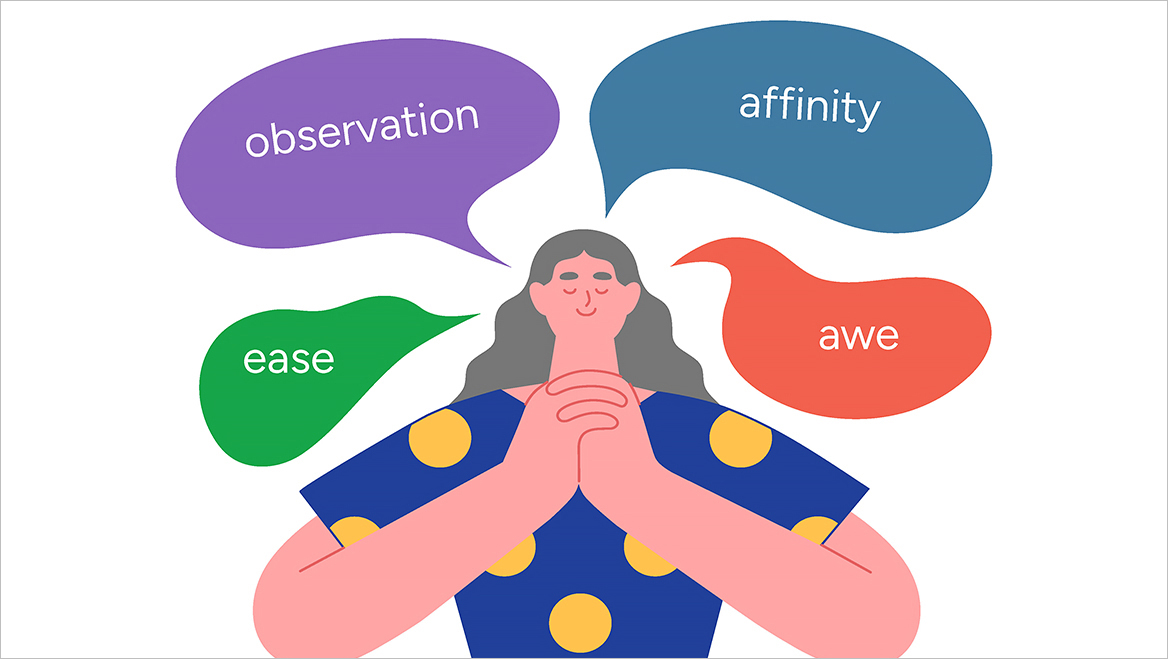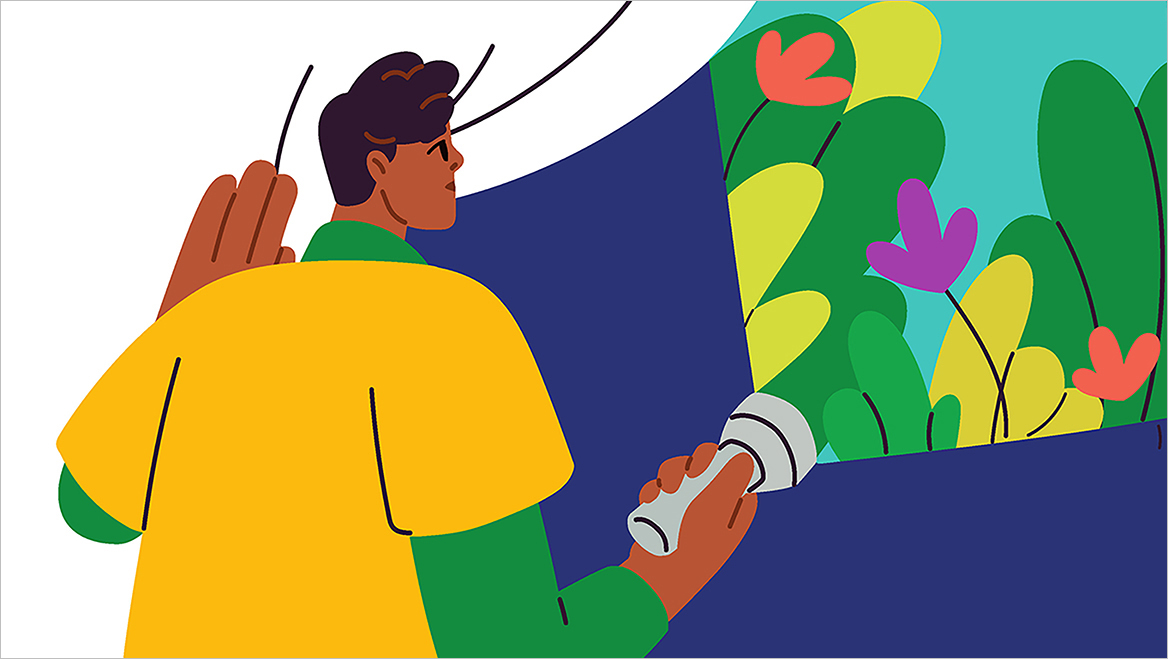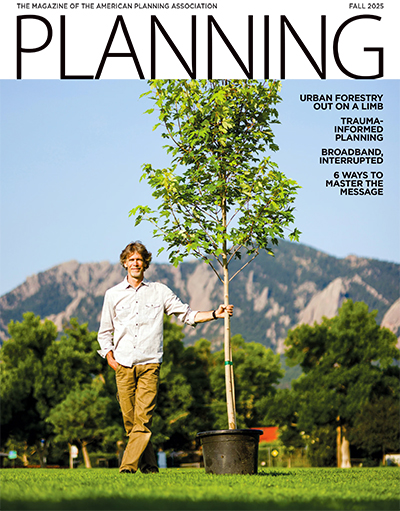Nov. 13, 2025
The way we interact with our built environment affects our mental health, and planner Kelsey Zlevor says parks can be designed to aid people experiencing emotional distress. Zlevor, the author of Mental Landscapes, has researched "intentional design" to help those going through mental health crises.
When the lockdown at the beginning of the COVID-19 pandemic began, Zlevor had recently relocated to Eugene, Oregon, and was experiencing extreme isolation. During that time, she also was diagnosed with premenstrual dysphoric disorder, a severe form of premenstrual syndrome in which hormonal changes throughout the menstrual cycle are amplified by significant emotional and physical symptoms, including depression.

Kelsey Zlevor is a planner, researcher, and author of Mental Landscapes. Photo courtesy of Kelsey Zlevor.
So, she went to parks. Using both her parks planner brain and noticing her own feelings, Zlevor began to pick up on what did and did not work in those park environments to mitigate or ease her depression symptoms. Finding few sources specifically about the connection between the built environment and acute distress, she began her own research. As part of that, she conducted interviews with people across North America about their experiences with parks and mental health, which inspired her "design amendments."
"I very specifically use the word 'amendments,'" Zlevor says. "Often in our field, we use the term 'design principles,' and a principle implies this kind of universal truth." Zlevor, however, believes that each individual has their own unique story and truth. The design amendments — awe, ease, observation, and affinity — are suggestions for "what we can do to amend a space" to ensure the most inclusive and beneficial parks possible, she says.
Zlevor spoke about this and more with Meghan Stromberg, editor in chief at the American Planning Association (APA), in a recent episode of People Behind the Plans.
Rethinking park design for mental health
Four "design amendments" have the potential to reduce "despair, isolation, and rumination," Zlevor writes in her book.
AWE: Zlevor calls awe "amorphous and initially challenging to consider," but writes that it is essentially an "appreciation of mystery." She suggests people can experience awe in parks and public spaces by noticing and appreciating seasonal changes, for instance. In winter, which can be tough for those struggling with depression, planners can add fire pits to encourage outdoor socializing.
EASE: "Being invited to linger and rest in a space" can reduce anxiety and panic while creating comfort, Zlevor says. Although factors that create ease vary from person to person, that sense can be deeply biological and universal. For instance, 48 percent of interviewees noted that water appealed to all senses and made them feel calm, Zlevor writes.

The "design amendments" are actionable suggestions that act as a thoughtful framework for planners. Illustration by Kelsey Zlevor.
To implement a sense of ease in parks and public spaces, Zlevor recommends reimagining the furniture in such spaces to provide a sense of safety and incorporate the "healing aspects of water." Beyond splash pads, planners can include ponds or water walls that capture water's natural flow.
OBSERVATION: The ability to be a "part of a space without having to actively contribute to its rhythms" can reduce social withdrawal and lethargy and allow someone to "be a bystander and get that social energy through osmosis," Zlevor says.
She found that 44 percent of interviewees said true observation requires avoiding tech distractions. "Pretty much everyone I interviewed said something to the effect of, 'I'm going to these parks and public spaces while experiencing my symptoms, specifically to get away from my computer, to get away from my phone,'" Zlevor says. She recommends planners set new cultural and social standards, particularly in public spaces in urban areas, and reimagine seating layouts to "support protected, passive observation."
AFFINITY: This refers specifically to an affinity for nature and is the idea that "life gravitates toward life," Zlevor says. The hypothesis of biophilia — that "we [have] inherently and biologically evolved to want to interact with plant species, with animals, with water," Zlevor says — is a founding principle of many eastern and indigenous ways of life. Zlevor recommends planners help people connect to the flora and fauna of public spaces through all five senses and ground them into the Earth itself by experiencing the way that grass, sand, or boulders support the body. Rather than building benches or chairs, planners can use natural formations like terraces or boulders for seating.




